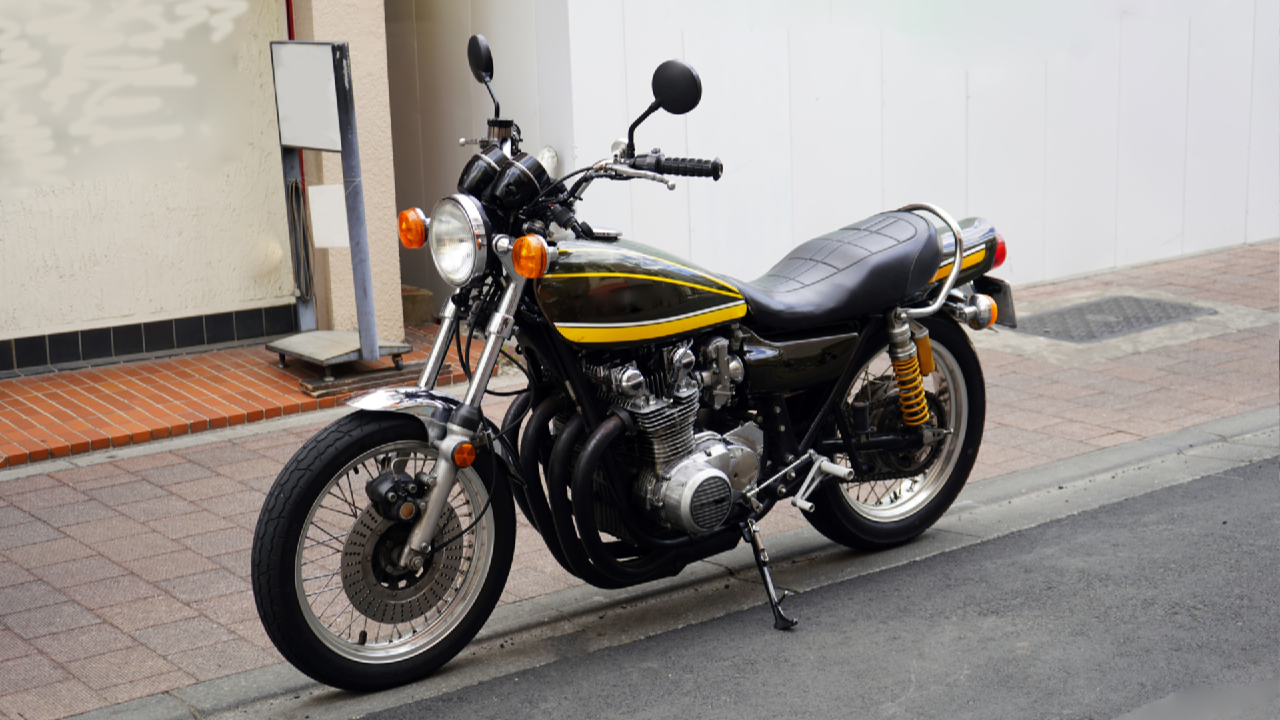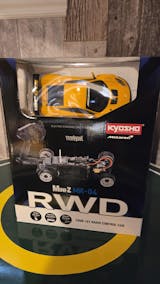Released in 1972, the Kawasaki Z1 quickly carved out its reputation as a high-performance machine with raw street appeal. Developed during a competitive era of global motorcycling innovation, the Z1 introduced a new level of power and reliability. With a 903cc four-cylinder engine, it set a benchmark for speed and smoothness, drawing attention both on city roads and racing circuits.
Engineering a New Frontier

The Z1 wasn’t just about muscle—it delivered sophistication. A double overhead camshaft engine was a rarity for production motorcycles at the time, allowing the Z1 to produce an impressive 82 horsepower. That setup pushed the bike to speeds approaching 130 mph, a feat that redefined what was possible for a street-legal ride in the early 1970s.
The styling of the Z1 combined aggressive lines with thoughtful ergonomics. Its teardrop tank, thick saddle, and balanced proportions made it both a visual and practical success. The bike’s steel frame and four-into-four exhaust became trademarks of a design that would echo throughout Kawasaki’s future lineup. It wasn’t just fast—it was dependable, rideable, and unforgettable.
International Recognition

Quickly gaining popularity in North America and Europe, the Kawasaki Z1 became more than a product—it became a symbol of Japanese engineering prowess. The bike’s performance earned it victories in endurance racing, while its consistent reliability won the hearts of everyday riders. Its legacy helped solidify Kawasaki’s reputation as a major player on the global motorcycling stage.
Through the years, the Z1’s influence remained clear. Many riders still consider it the foundation of Kawasaki’s high-performance street motorcycles. Even decades later, it holds a nostalgic and respected place among collectors and customizers who continue to preserve or reinterpret its unmistakable silhouette.
The Z Series Expands Its Reach

Following the Z1, Kawasaki released models like the Z750 and ZRX1200R—each carrying the torch in its own way. The Z750 struck a balance between performance and everyday usability, while the ZRX1200R delivered retro-inspired styling with modern power. These bikes echoed the Z1’s DNA but pushed forward with updates in frame geometry, engine tuning, and riding comfort.
Though the Z and Ninja series may seem like different worlds, their connection is undeniable. The Z1 laid the groundwork for performance-oriented design and aggressive engineering, paving the way for the Ninja line’s track-ready machines. Kawasaki’s focus on blending innovation with heritage continues to shine across both families of motorcycles.

From Road to Display Shelf
Today, the Kawasaki Z1 and its descendants aren’t just remembered—they’re meticulously recreated in scale form by passionate modelers. Whether as kits or diecast collectibles, these machines continue to inspire hands-on appreciation for mechanical detail, design legacy, and the thrilling story of Kawasaki’s Z series.















